If you’re like most homeowners, you want to make sure your home is as safe and comfortable as possible. And when it comes to protection against the elements, two of the most important measures are damp proofing and waterproofing. But what’s the difference between the two? And which one is right for your home? This blog post will help you understand the differences between damp proofing and waterproofing so that you can make an informed decision about which one is right for your needs.
What Is Damp Proofing?
Damp proofing is the process or material used to prevent moisture from passing through a structure. Damp proofing is most often used in basements, where it is applied to the interior surfaces of walls and floors. The purpose of damp proofing is to create a barrier that will stop water vapor and moisture from passing through the pores of the concrete, masonry, and other building materials.
Damp proofing materials are typically applied as a liquid, paint, or membrane. They can be applied to bare surfaces or over existing finishes like paint. Once applied, damp proofing materials form an invisible barrier that repels water and prevents moisture from passing through. [1]
What Is Waterproofing?
The purpose of waterproofing is to keep an object or structure relatively dry and unaffected by moisture. Waterproofing protects items from water damage such as rotting, mold, and deterioration. It can be used on buildings like basements and decks, clothing like raincoats, electronics like smartphones, and paper documents like passports.
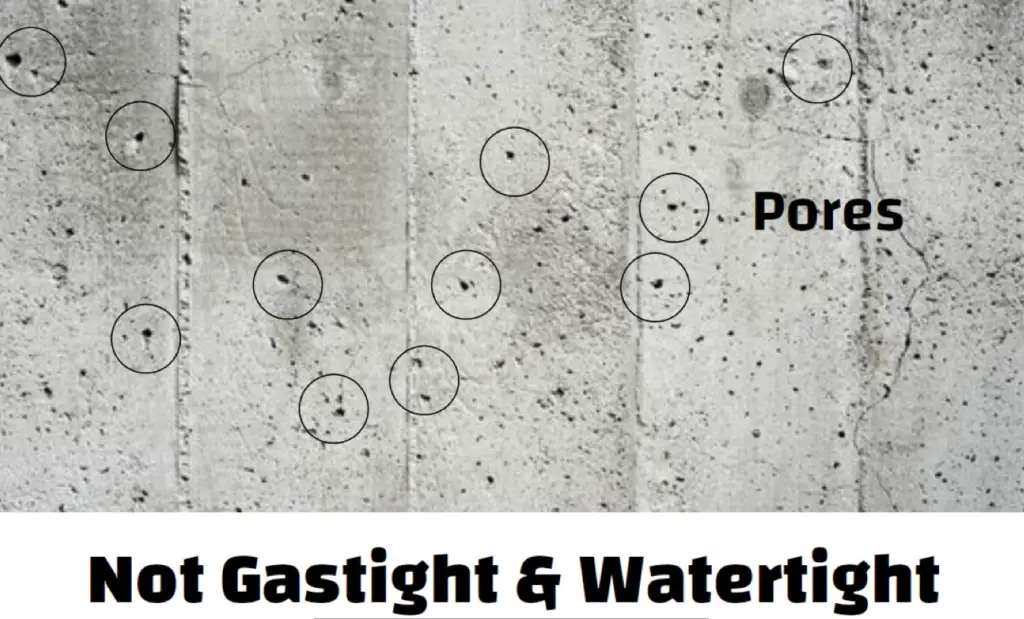
Critical Differences Between Damp Proofing And Waterproofing
When it comes to your home, you want to make sure that it is protected from the elements. Water can cause a lot of damage, and you need to take measures to prevent it from causing problems. Two ways to do this are through damp proofing and waterproofing. But what’s the difference between these two methods?
Damp proofing is a method of preventing moisture from entering your home. This is usually done by creating a barrier between the ground and your home. Waterproofing, on the other hand, is a method of keeping water out of your home. This is usually done by sealing any cracks or holes in your home’s exterior.
So, which one should you use? It depends on your needs. If you live in an area with a high water table, you may need to waterproof your home to keep water out. If you’re concerned about dampness and mold, you may want to damp proof your home. [2]
It Can Depend On the Climate
If you live in a climate with high humidity and little rainfall, waterproofing your basement may not be necessary.
In these regions, the chance of your basement flooding is much lower.
However, if you live in an area that experiences a lot of rain or has a high water table, waterproofing your basement is essential to preventing flooding.
Damp proofing your basement can help to reduce the amount of moisture that enters your home, but it will not completely prevent water from entering.
Waterproofing your basement will create a barrier that will keep water out of your home no matter how much rain or water is present.
Damp Proofing Can Be Used Like Waterproofing in Some Cases
Damp proofing is a process or material used to prevent moisture from passing through a surface. Damp proofing is most commonly used in walls, floors, and roofs. It can be used on its own or in conjunction with other waterproofing methods.
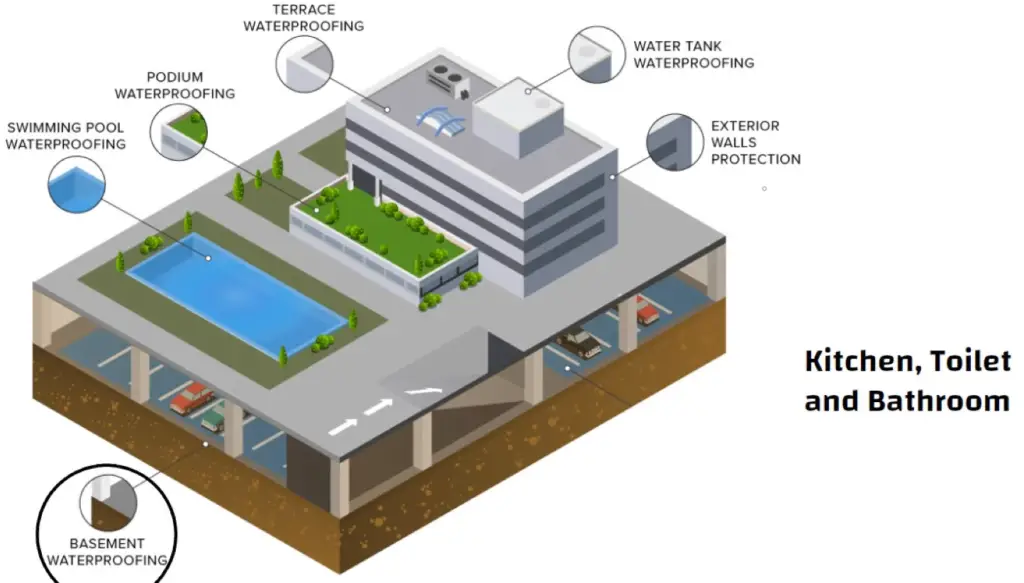
Damp proofing is typically done by adding a layer of material that is impermeable to water vapor, such as plastic sheeting, to the surface. This layer is then covered with a waterproofing material, such as asphalt or tar.
Damp proofing can be used on its own in some cases, such as when moisture is not a concern but preventing water vapor from passing through the surface is desired. For example, damp proofing can be used to prevent condensation on pipes or in crawl spaces. It can also be used in conjunction with other methods of waterproofing, such as sealing cracks and gaps with caulking or adding a second layer of protection over a waterproof membrane. [3]
Things To Consider Before Waterproofing Or Damp Proofing
Researching Waterproofing Methods
The first step is to educate yourself on the various waterproofing and damp proofing methods available. This will help you make an informed decision about which option is best for your home.
There are two main types of waterproofing: internal and external. Internal waterproofing is typically more expensive and disruptive, as it involves installing a waterproof membrane on the inside of your home. External waterproofing is less expensive and less disruptive, as it involves applying a waterproof coating to the outside of your home.
There are also two main types of damp proofing: chemical and physical. Chemical damp proofing involves applying a chemical barrier to the surface of your home. Physical damp proofing involves creating a physical barrier, such as installing a drainage system. [4]
Always Avoid Stagnant Water
Once you’ve decided which waterproofing or damp proofing method is right for your home, it’s important to take steps to avoid stagnant water. Stagnant water is one of the main causes of damp and waterproofing problems. To avoid stagnant water, make sure your gutters and downspouts are clear of debris. You should also ensure that your property slopes away from your foundation. And, if you have an underground basement, be sure to install a sump pump to remove any water that does accumulate.
Damp Proofing An Existing Foundation
If you have an existing foundation, you can damp-proof it by adding a layer of plastic sheeting to the outside surface. This will create a barrier that will prevent moisture from seeping into your home. You can also install a drainage system around the perimeter of your home. This will collect any water that does seep in and redirect it away from your foundation.
Methods of Damp Proofing Your Home
Damp proofing your home is a process of creating a barrier against moisture. There are several ways to do this, but the most common method is to use a damp proof course (DPC) or waterproof coating.
Waterproof coatings are applied to the surface of walls, floors, and ceilings. They form a barrier that repels water and prevents it from seeping into the pores of bricks and mortar or through cracks in plasterboard. Waterproof coatings are usually made of latex, acrylic, or epoxy.
The most effective way to damp-proof your home is to use a combination of DPCs and waterproof coatings. This will create a physical barrier against moisture as well as a waterproof barrier.
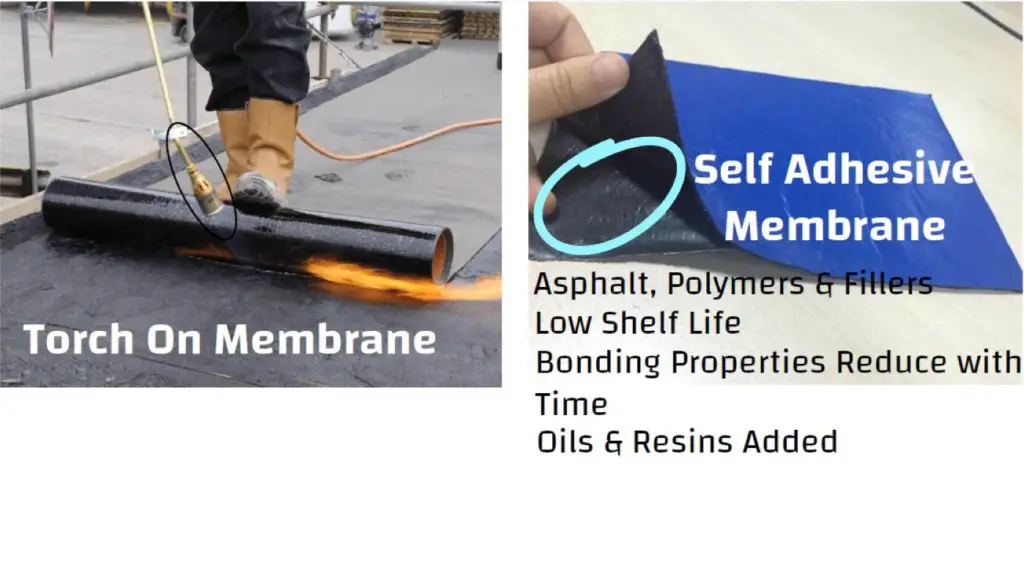
Damp proofing your home is an important part of maintaining its structural integrity and preventing mold growth. It is also necessary for creating a comfortable living environment. If you live in an area with high humidity or frequent rains, damp proofing your home is essential for preventing water damage.
Methods of Waterproofing Your Home
Waterproofing your home is a process of making it resistant to water damage. There are several ways to do this, but the most common method is to use a waterproof membrane.
A waterproof membrane is a thin layer of material that is applied to the surface of walls, floors, and ceilings. It forms a barrier that repels water and prevents it from seeping into the pores of bricks and mortar or through cracks in plasterboard. Waterproof membranes are usually made of PVC, TPO, EPDM, or Bitumen. [6]
Disadvantages Of Damp Proofing Products
There are some disadvantages to dampproofing products that you should be aware of before you select a product to use in your home.
One of the main disadvantages is that these products can only provide a temporary fix for the problem. The products will eventually wear out and need to be replaced. This means that you will have to continue to spend money on the product every few years in order to keep your home protected from moisture.
Another disadvantage of using damp proofing products is that they may not be effective in all cases. If there is already extensive damage to your home from moisture, the product may not be able to completely repair the damage. In some cases, it may only be able to provide a temporary fix that will need to be replaced as soon as the product wears out.
Finally, some damp proofing products can be toxic. If you are using a product that contains chemicals, you will need to take precautions to ensure that you are not exposing yourself or your family to dangerous fumes. Make sure that you read the labels on the product and follow all instructions carefully before using the product in your home.
Causes For Dampness In Different Elements Of Structure
There are a few different causes of dampness, but most commonly it’s caused by either condensation or penetration. Condensation is when water vapor in the air comes into contact with a cold surface and turns into liquid water. This can happen on any surface in your home but is most common on windows, walls, and floors.
Penetration happens when water from the outside of your home (like rain or melting snow) gets through cracks or holes in the structure of your home and seeps into the interior. This can happen in the foundation, walls, roof, or anywhere else there’s an opening that lets water inside.
Once you know the cause of dampness, you can start to choose the right solution.
What’s Right For You?
It depends on the location of your home and the specific needs of your property.
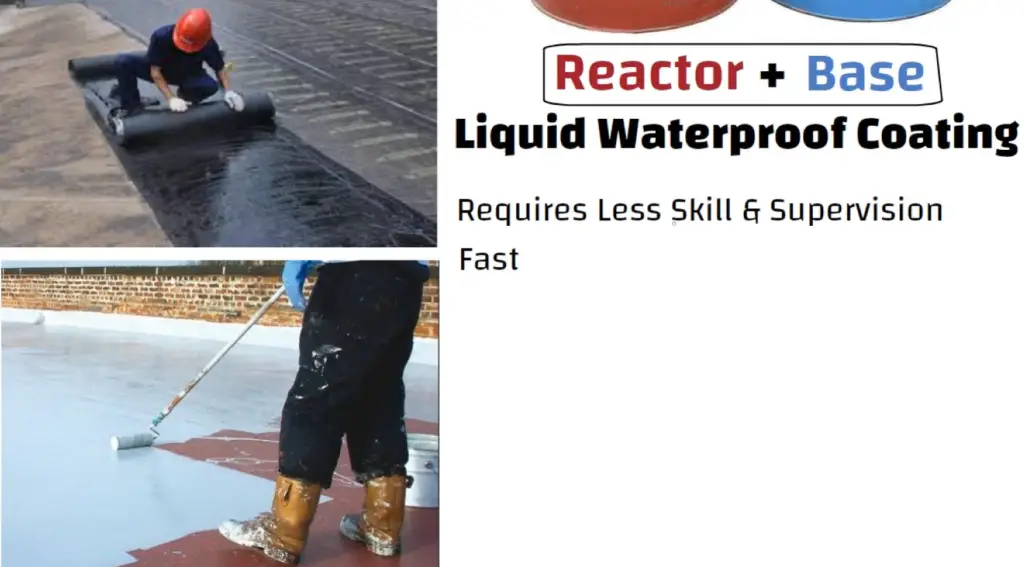
If you’re not sure which option is right for you, contact a professional contractor who can assess your needs and recommend the best solution for your home.
FAQ
Is a damp seal waterproof?
The damp seal is not waterproof, but it is an important component of a structure’s waterproofing system. The damp seal is a liquid-applied coating that creates a water-resistant barrier on concrete, masonry, and other porous building materials.
What are the benefits of damp proofing?
Damp proofing helps to prevent moisture from penetrating the surface of a building material, which can lead to mold growth, efflorescence, and deterioration. Dampproofing also makes it easier to clean surfaces and can extend the life of a structure by protecting it from water damage.
What are the disadvantages of waterproofing?
Waterproofing can be expensive and time-consuming, and it may not be necessary in all cases. Waterproofing also creates a barrier that can prevent moisture from escaping, which can lead to condensation and mold growth.
Is a damp proof course waterproof?
No, a damp proof course (DPC) is not waterproof. It is a physical barrier that is installed in masonry walls to prevent water from penetrating the interior of the home. A DPC can be made of various materials, such as asphalt, bitumen, concrete, or slate. Waterproofing, on the other hand, is a treatment that is applied to surfaces to make them impervious to water. Waterproofing products are available in both liquid and spray forms. They can be applied to both exterior and interior surfaces.
What are the three 3 common materials used for damp proofing?
There are three common materials used for damp proofing: bitumen, polyethylene sheeting, and asphalt. Bitumen is a sticky, black substance that is applied directly to the surface of the wall. Polyethylene sheeting is a thin plastic sheet that is laid over the surface of the wall. Asphalt is a type of felt paper that is placed over the surface of the wall.
What is the difference between a damp proof course and damp proof membrane?
A damp proof course is a physical barrier that is installed in the wall to prevent moisture from rising up through the pores of the bricks. A dampproof membrane is a chemical barrier that is applied to the surface of the wall to prevent moisture from seeping through the pores of the bricks.
Is damp proofing necessary?

What are the methods of damp proofing?
Damp proofing your home is a process of installing materials or systems that help prevent moisture from entering the interior spaces of your home. There are several methods of damp proofing, including:
- Installing a vapor barrier: A vapor barrier is a material, usually plastic, that is installed over bare earth or concrete in order to prevent moisture vapor from passing through to the interior spaces of your home;
- Applying waterproofing sealants: Waterproofing sealants are applied to exterior walls, foundations, and other areas where water might enter your home in order to create a barrier against moisture;
- Adding drainage: Adding drainage around the perimeter of your home or in problem areas can help prevent water from pooling near your foundation or seeping into your basement;
- Installing a sump pump: A sump pump is installed in the lowest point of your basement and helps to remove water that has entered the space;
- Improving ventilation: Proper ventilation in your home can help to prevent moisture buildup and reduce the risk of mold growth;
How long does the damp proof membrane last?
A damp proof membrane (DPM) is a layer of material that is used to prevent moisture from passing through the foundation of a building. DPMs are usually made of bitumen, polythene, or rubber and are installed between the foundation and the ground. The lifespan of a DPM depends on the type of material it is made from and the conditions it is exposed to. Bitumen-based membranes can last up to 50 years, while rubber and polythene membranes typically last 20-30 years.
When should you waterproof your basement?
If you notice any water in your basement, it’s important to take action right away in order to prevent further damage. Waterproofing your basement will help to keep your home dry and free of mold and mildew.
Useful Video: What’s the difference between damp proofing & water proofing?
Conclusion
When it comes to protecting your home from water damage, you have two options: damp proofing and waterproofing. Both have their pros and cons, so it’s important to choose the one that’s right for your home.
Damp proofing is a good option if you live in an area with high humidity or if your home is prone to leaks. Waterproofing is a better choice if you live in an area with heavy rains or if your home is regularly exposed to water.
If you’re not sure which option is right for you, talk to a professional. They can help you assess your needs and find the best solution for your home.
References:
- https://www.concretenetwork.com/foundation-waterproofing-drainage/dampproofing.html
- https://www.yourownarchitect.com/foundation-waterproofing/
- https://precast.org/2014/03/damp-proofing-vs-waterproofing-part-1/
- https://www.wicrwaterproofing.com/different-types-waterproofing/
- https://www.permagard.co.uk/damp-proofing/damp-proof-course
- https://proseal.com.sg/what-is-a-waterproofing-membrane/

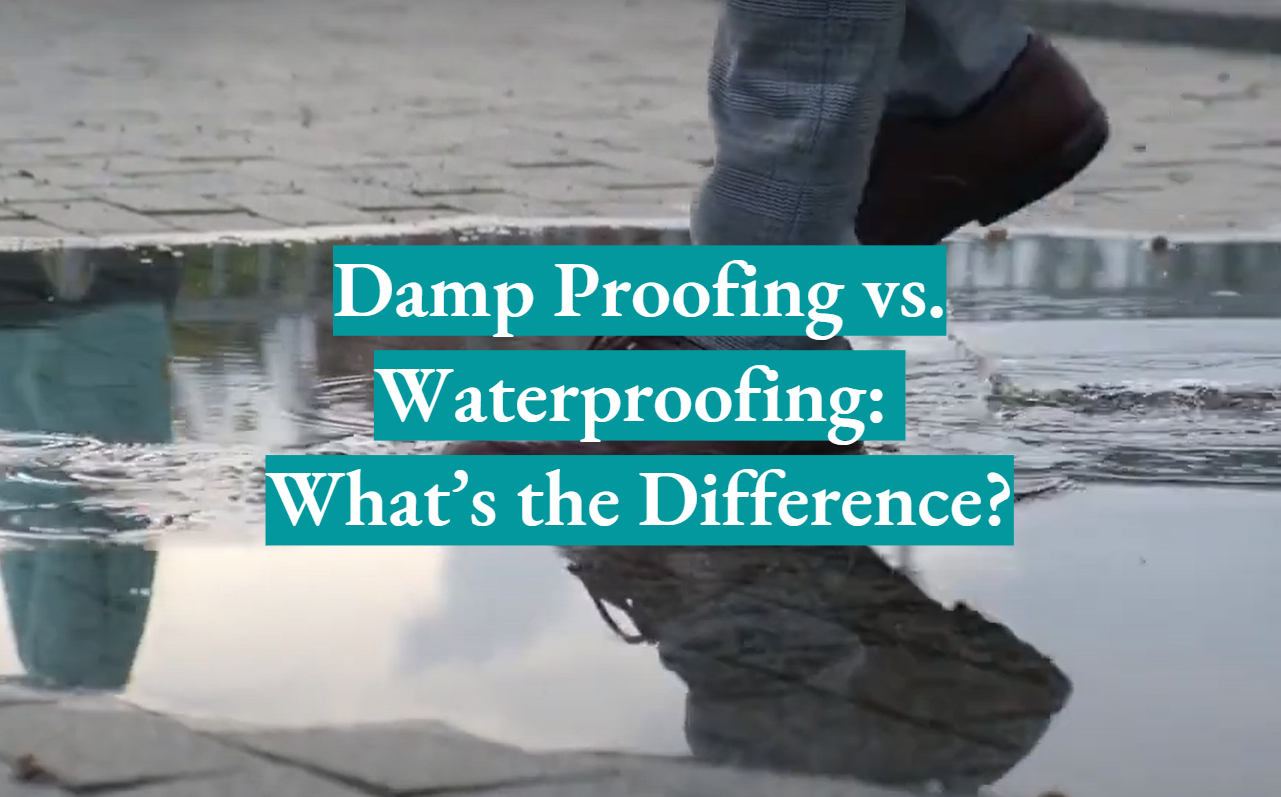
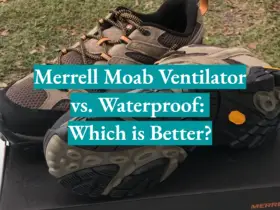
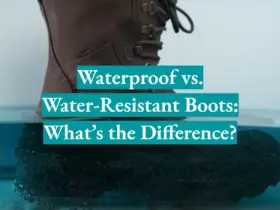

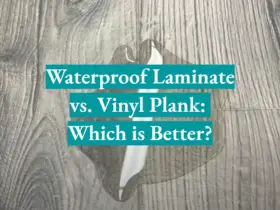
Leave a Reply